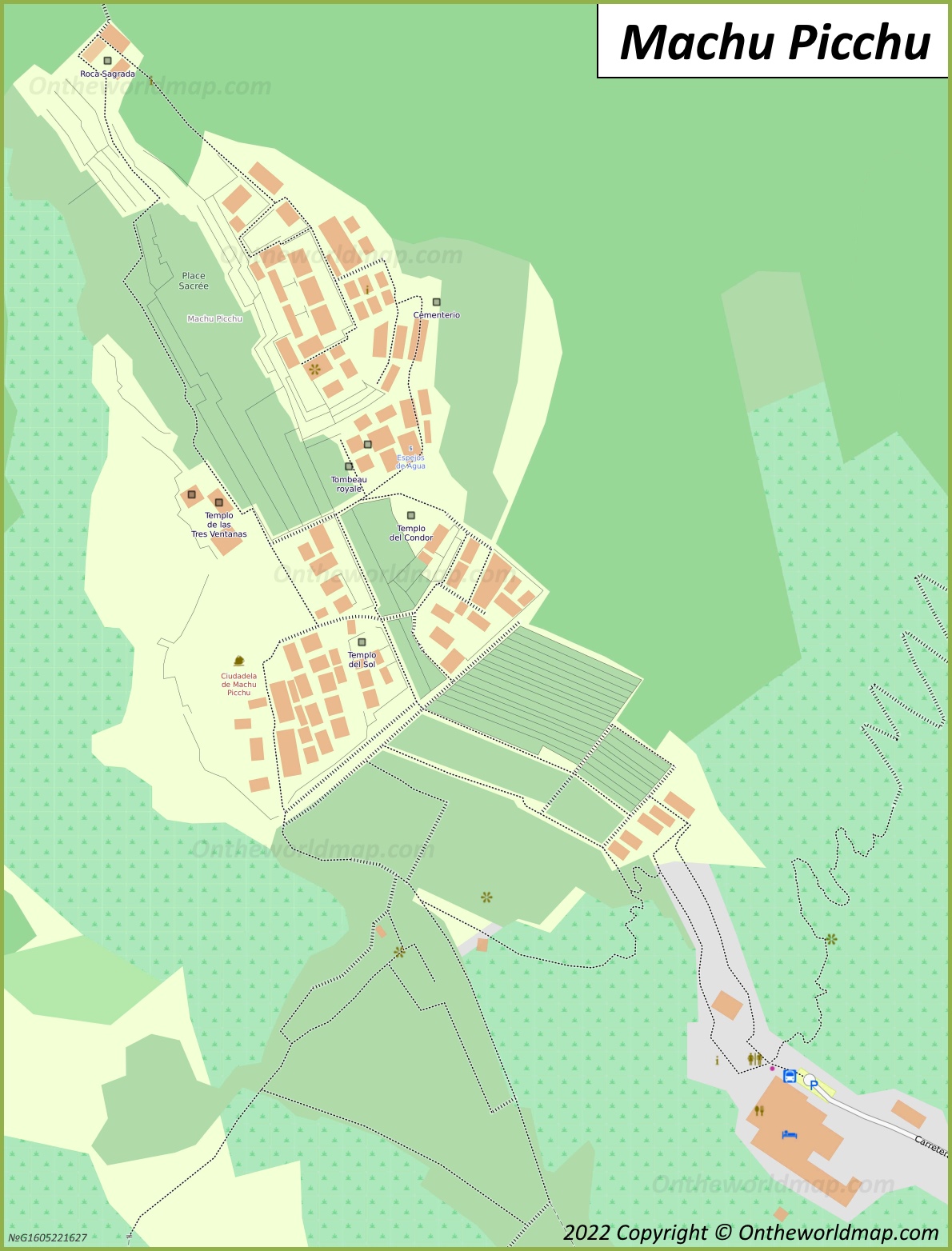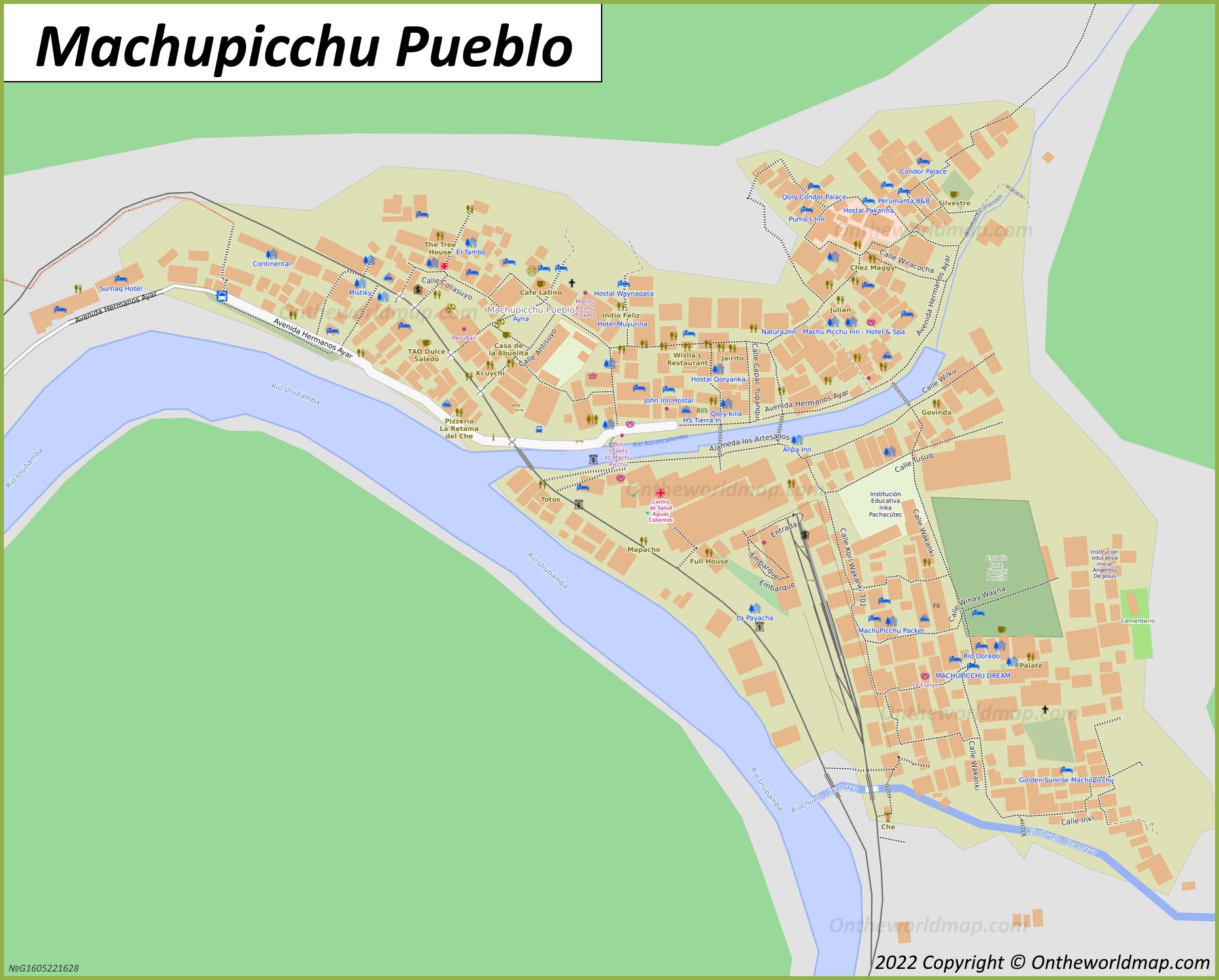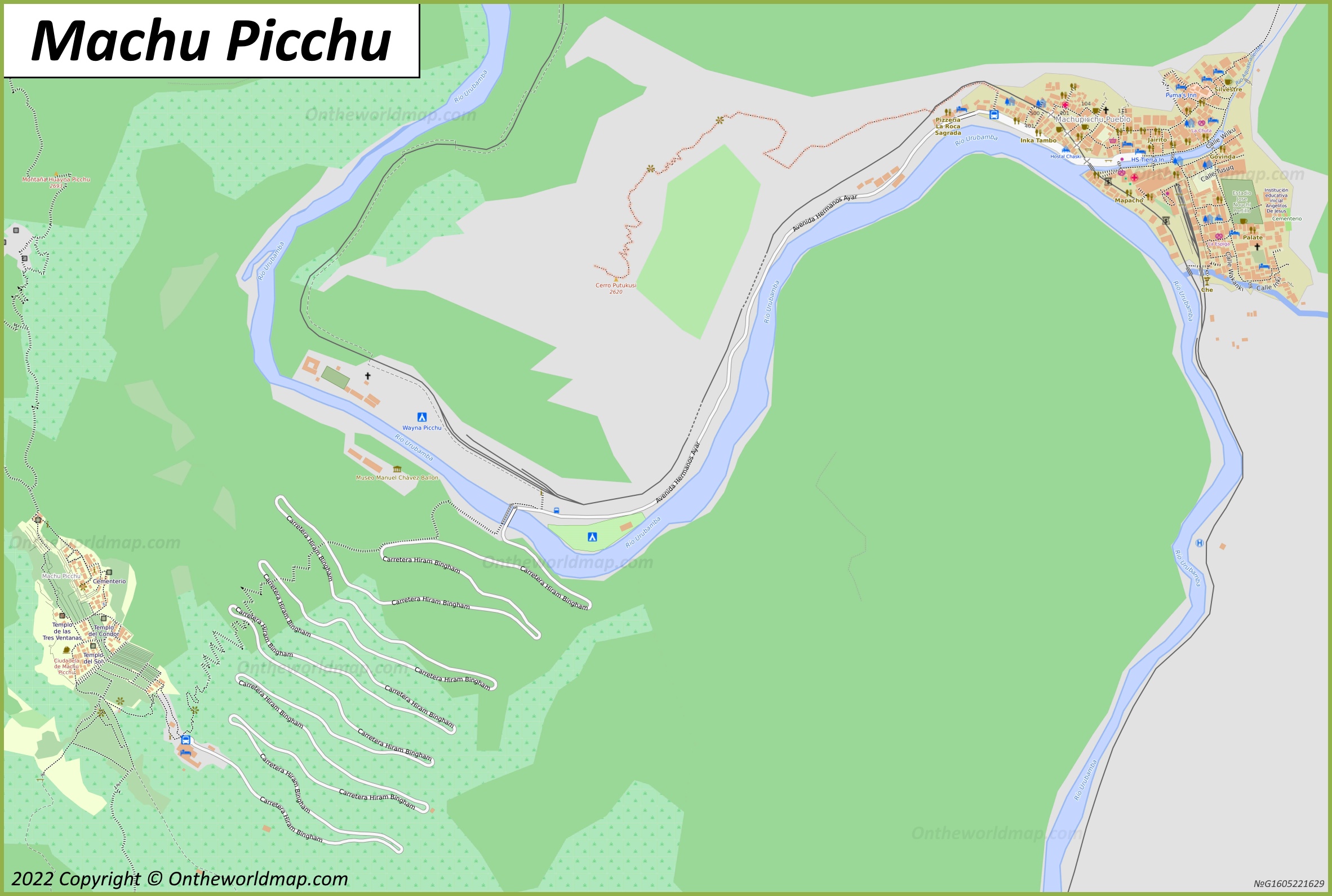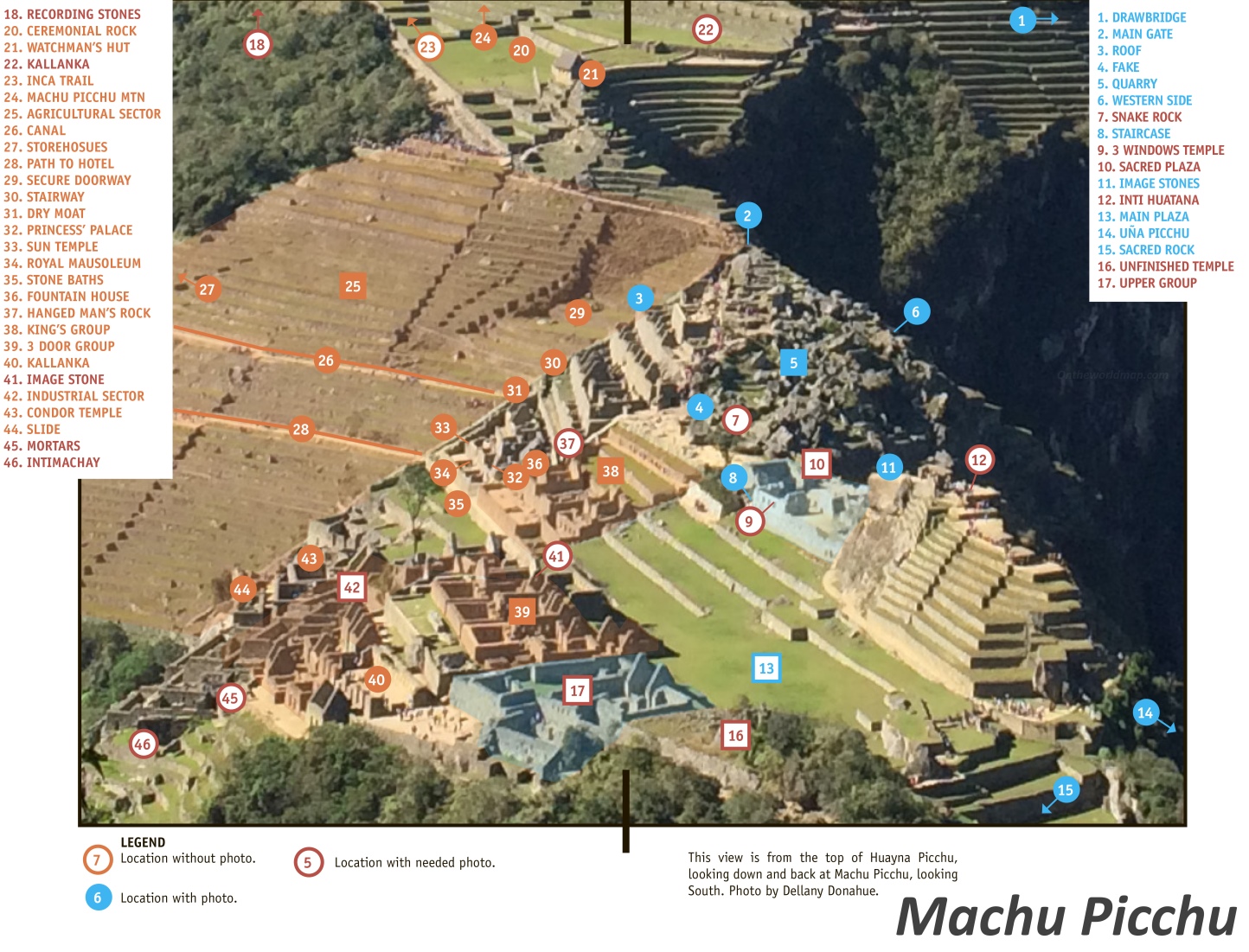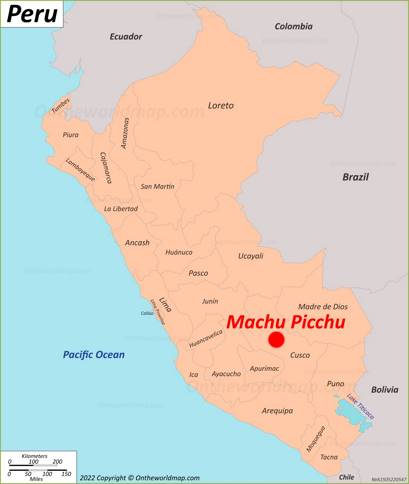Machu Picchu Map
Description:
Size: 1190x1564px / 460 Kb
Author: Ontheworldmap.com
Map based on the free editable OSM map openstreetmap.org.
You may download, print or use the above map for educational, personal and non-commercial purposes. Attribution is required. For any website, blog, scientific research or e-book, you must place a hyperlink (to this page) with an attribution next to the image used.
Description:
Size: 1864x1499px / 583 Kb
Author: Ontheworldmap.com
Map based on the free editable OSM map openstreetmap.org.
You may download, print or use the above map for educational, personal and non-commercial purposes. Attribution is required. For any website, blog, scientific research or e-book, you must place a hyperlink (to this page) with an attribution next to the image used.
Description:
Size: 2364x1590px / 704 Kb
Author: Ontheworldmap.com
Map based on the free editable OSM map openstreetmap.org.
You may download, print or use the above map for educational, personal and non-commercial purposes. Attribution is required. For any website, blog, scientific research or e-book, you must place a hyperlink (to this page) with an attribution next to the image used.
Description:
Size: 1444x1101px / 646 Kb
Online Map of Machu Picchu
About Machu Picchu
Machu Picchu is an ancient Incan city located in southern Peru, situated on a mountain ridge 7,970 feet (2,430 meters) above sea level. Built in the 15th century and later abandoned, this remarkable archaeological site is often referred to as the "Lost City of the Incas." The site was brought to international attention in 1911 by American historian Hiram Bingham, who was led there by local farmers.

The city was constructed during the reign of Inca emperor Pachacuti (1438-1472). The site displays the Incas' extraordinary architectural and engineering capabilities, featuring more than 150 buildings, including houses, temples, and agricultural terraces. The most notable structures include the Temple of the Sun, the Royal Tomb, the Intihuatana Stone, and the Room of the Three Windows. The buildings were constructed using a technique called ashlar, where stones were cut to fit together without mortar, so tightly that even a knife blade cannot be inserted between them.
The city is divided into two main sectors: the Urban Sector and the Agricultural Sector. The Urban Sector contains the royal and religious areas, while the Agricultural Sector consists of terraced fields that were used to grow crops. These agricultural terraces not only provided food but also prevented erosion of the mountainside. The site's sophisticated drainage system, which still functions today, protected the city from the heavy rainfall typical of the region.
In 1983, Machu Picchu was declared a UNESCO World Heritage Site, and in 2007, it was voted one of the New Seven Wonders of the World. The site receives approximately 1.5 million visitors annually, making it Peru's most visited tourist attraction and one of the most famous archaeological sites in the world. To protect the site from overcrowding and degradation, authorities have limited daily visitors to 2,500 people.
The exact purpose of Machu Picchu remains a matter of debate among historians and archaeologists. Some believe it was a royal estate for Pachacuti, while others suggest it served as a sacred religious site. The city's location, surrounded by sacred mountains and aligned with astronomical events, supports its potential religious significance. The site's excellent preservation is partly due to its location, as the Spanish conquistadors never found it during their conquest of the Inca Empire in the 16th century.
The Facts:Region: Cusco.

